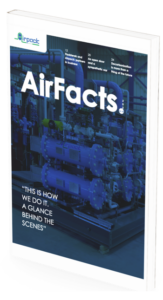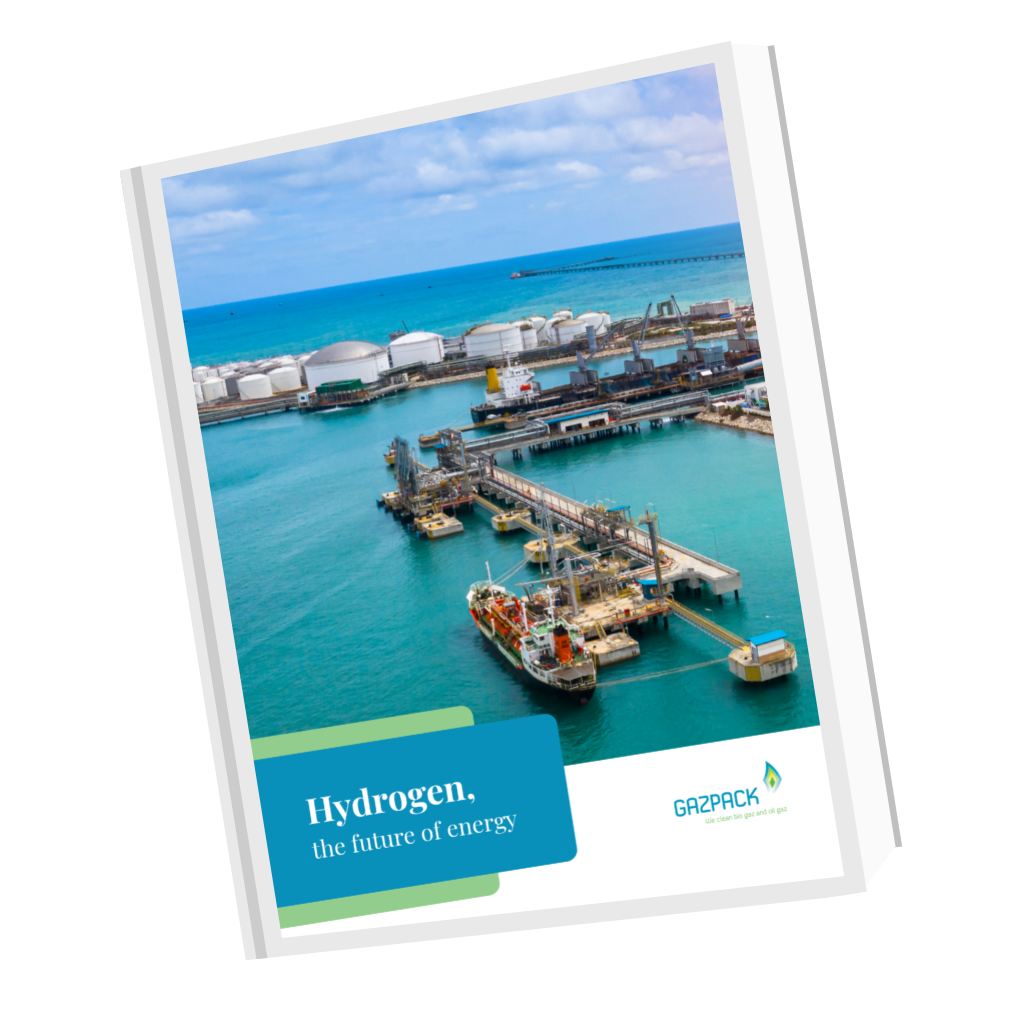CNG from Biogas (Compressed Natural Gas)
Looking to explore the world of biogas processing and handling solutions? Get instant access to our documents about biogas technology.
It is apparent that a derivative from biomass and organic matter, namely biogas, is becoming a staple of the movement in favor of renewable forms of energy. The methane drawn out from materials as diverse as sewage and compost, wastewater and cow manure, is now utilized to generate electricity and to fuel vehicles. A much eco-friendlier power source than petroleum, coal or even natural gas, biogas addresses two big environmental challenges: the purity of the atmosphere and the relentless problem of managing solid waste. It also offers a further benefit — it is easily convertible to compressed natural gas (CNG).
How Do You Get Biogas from Cow Manure?
Manure is but one example of many substrates — i.e. organic materials — used in the process of anaerobic digestion. This is a sequence of events that has happened naturally from time immemorial. Whenever manure (or deer droppings etc.) gets buried beneath other elements, e.g. dead foliage, forage and dirt, then it becomes deprived of oxygen. In this condition, bacteria form that decompose the solid matter and release methane (CH4) and carbon dioxide (CO2). Anaerobic digesters are human creations that replicate and expedite these reactions to produce usable methane.
To stick with the cow manure example, biogas extracted from this substrate can fuel turbines that themselves generate electricity. Not only can a dairy farm supply its own power but, in many cases, can sell surplus electricity back to the local utility. Moreover, biogas is practical wherever natural gas can be used. Cooking, heating, and even the production of methanol (relevant given the popularity of hand sanitizers) can each be possible thanks to biogas. Now, motor vehicles designed for alternative fuels can take advantage of compressed natural gas. This time, though, it is not from the fossil fuel; this is CNG from biogas.
What Exactly is CNG?
The name says it all: compressed natural gas is made when natural gas is condensed — at approximately 3,000 pounds per square inch (psi) or more — to one percent of its volume at standard atmospheric pressure. Less hazardous to people and nature than gasoline, CNG does everything that natural gas does. Unlike natural gas, which must be liquified (LNG) for transport and storage, compressed natural gas remains so during both phases. CNG is still primarily a smaller scale fuel: cars, for instance, or individual homes. Meanwhile, LNG continues to be the primary natural gas serving industry, transit systems and public utilities.
What Is Done to Get CNG from Biogas?
Like geologically-sourced natural gas, raw biogas is often tainted by problematic chemical compounds. Therefore, the first order of business is to remove the impurities that are toxic or cause inefficiency. Among such contaminants are dinitrogen (N2), water (H2O), hydrogen sulfide (H2S), ammonia (NH3) and carbon dioxide (CO2). This is achieved through physical and chemical scrubbing at a biogas CNG plant. Once rid of its adulterants, the biogas — at this point comprised of more than 97 percent of methane and less than two percent of oxygen — is compressed at a pressure ranging between 3,000 and 3,600 psi. A bio CNG plant manufacturer designs the facility for both functions: purification and multi-stage compression.
Yet bio CNG plant cost must also factor in the storage phase. There are actually two ways to store the bio-CNG. The first system is known as buffer storage. With this method, the bio-CNG is stored under maximum pressure of 3,600 psi and before it is conveyed to the recipient vehicle. Alternatively, cascade storage provides for three reserve tanks. The first stage starts out at a relatively lower pressure of 2,900 psi before the CNG moves to subsequent reserve containers of increasing pressure. On the one hand, cascade cuts energy usage by half, thus decreasing biogas to CNG conversion plant cost. Conversely, buffering produces 20 percent more bio-CNG in a third of the time. The practical application for bio cng production cost is to confine cascade storage for the filling of fleets since this task normally takes hours.
Is Biogas to CNG Common?
The very first (biogas to bio cng plant) plant for this purpose was developed in 2010 at a landfill in Wisconsin. Landfills are and were a continuing concern for the obvious reason: their space is finite. Anaerobic digestion helps to ameliorate that situation as it draws the biogas out of the organic waste material. The U.S. government recognizes the economic and environmental value of biogas production and conversion. This recognition is manifest in the Environmental Protection Agency’s (EPA) Landfill Methane Outreach Program. This program awards tax credits and rebates to those producers who participate, offsetting the expenses of a biogas to CNG plant. EPA also funds research projects to improve and innovate technology that makes biogas an efficient alternative fuel.
Summary
There is international momentum to use less fossil fuel in favor of renewable energy media. Created through a series of chemical reactions, biogas can — like natural gas from the earth’s crust — be condensed and used as compresed natural gas. This CNG is useful to power cars, trucks and other vehicles at less cost and negligible environmental impact. Evolving technology makes the process easier and more efficient in terms of production, storage and transportation.




